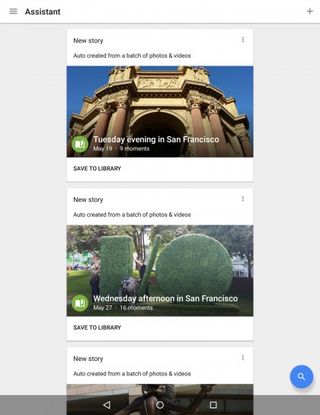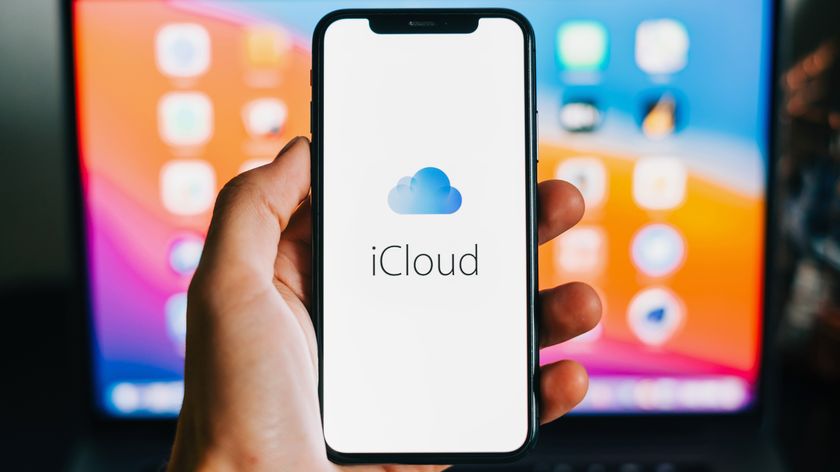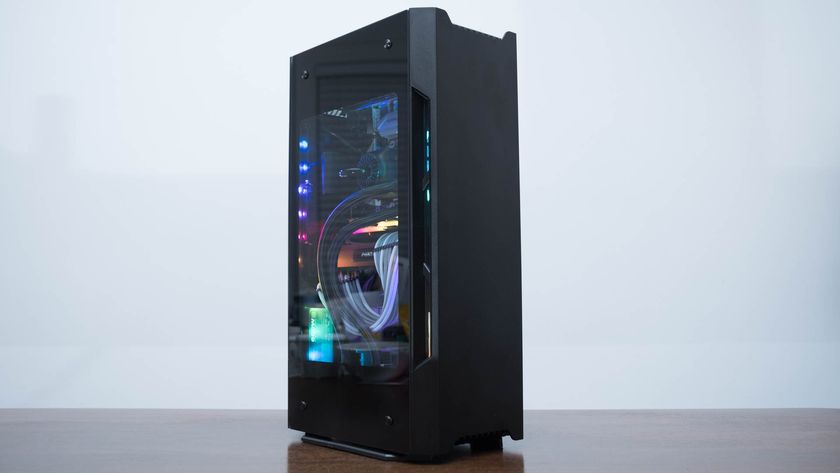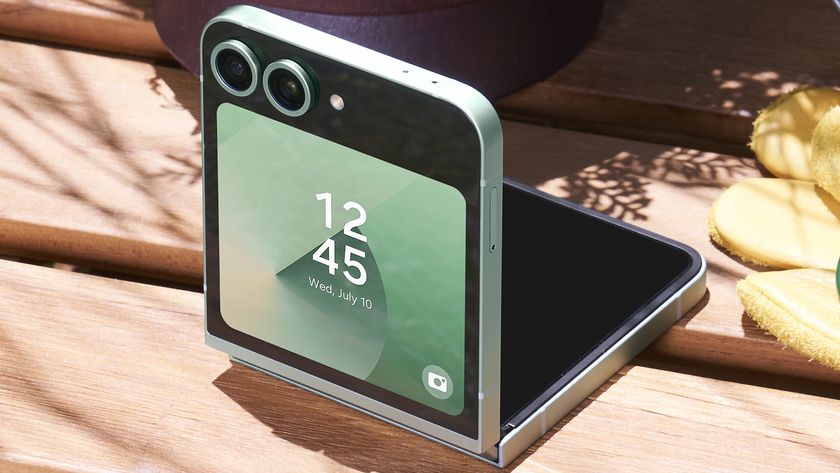Google Photos: The pros and cons of Google's new photo service
It's a love/hate thing
I've spent a lot of time discussing the foibles and pleasures of search, because that's such a critical component of what Google Photos offers. However, I've found one of the best parts of Google Photos to be the easy, and automatic, generation of creative collections involving your creative stuff. While the image search and retrieval gave me fits and starts, the creative collections and the random sense of photo rediscovery via the automated Assistant is a trip, and well worth the time investment of uploading my images.
Collections can mix both photos and videos together. You have a choice of three types of things to create: Albums, which is as you'd expect - an album of photos and videos; Stories, a more visual timeline approach to showing photos and videos; and Movies, a video montage photos and videos. On phones and tablets, you can also create animations and collages, but this is not on the browser version.
The Assistant is something you can choose to enable, and having it on is both amazing and terrifying in terms of what it comes up with. Long-buried images suddenly get resurfaced, and Photos does so in fun ways. It's not so much that what Photos does is unique - other apps can create GIFs, for example - but it's how Google Photos automates the process.

I found some of Photos' pairings for stories odd: the two cities it grouped together didn't make any sense to be together, even though the dates were near one another. But I loved how Google Photos found clusters of burst-shot images - something I commonly shoot on my digital SLR. It's like an instamatic GIF creator, without you having to do the digging through your archives to find a random series of images. And it's super easy to share these creations out to friends and social media.
Mind you, the saving process itself needs an overhaul. Once you save one of the Assistant creations, it saves the image back into your "library," by the original date. Which means you have to know how to find that image - one that was resurfaced by Photos, and you may have no idea when it was taken, or if/how it was tagged. See the above discussion for the problem with that. A search by "animations" will find those files, but that's going to get unwieldy fast, and that trick only works for animations.
I also liked the auto backup feature, for both mobile and desktop. A light desktop app provides a system-tray app for simplifying backups. Auto backup alone isn't the draw for Google Photos, but it was fun to see images populate quickly in Photos after shooting it on my smartphone.
Life with Photos
With all that I've talked about, I could get into so much more with Photos. I didn't even touch the conversation of how the image quality compares with an original image. Nor did I get into editing images (imaging is not destructive, but you do have to be aware of how you save images depending upon platform, and whether you want your new creation synced back to your device, overwriting the view of your original image).
Get daily insight, inspiration and deals in your inbox
Sign up for breaking news, reviews, opinion, top tech deals, and more.
That said, my time with my 31,000-plus images in Google Photos taught me a lot about how the service can be best used. Since this is your personal cloud, and not something you have to worry about privacy permissions for, the choice to use the free Photos is an easy bet - especially for images captured on mobile devices. If you're already invested in the Googleverse, it's especially easy to acclimate to and integrate with.
Mobile users will get the most out of Photos, for a number of reasons. For one, the app on mobile is far more full-featured than the browser-based service. Photo's search capabilities will benefit from the fact that images captured on mobile already have geotag data; that coupled with the auto-creativity means Photos will make it easy to share content, too. Finally, since our mobile devices have finite capacity, and your images are more likely to get lost when your phone ends up in the back seat of a cab or at the bottom of a pool, the cloud storage and backup components are compelling. And did I mention it's free?
Photos' proposition for your legacy image collection is a much harder sell. Whether it's worth the time and effort will depend in part on your existing approach to image organization, and on how much value you put on the free backup, even if it's of slightly downsized images.
Google Photos' image search and recognition technology is promising, and even mind-blowing in some ways, but it's not quite there yet. I'd guess it's only about 50% of the way towards the ideal, based on my experience across tens of thousands of images. Perhaps I'd have had a different experience if I'd had fewer nested folders, which would have meant more images would get an extra tag automatically applied.
Ultimately, I look at Photos as a good free choice that supplements, but doesn't replace other cloud or physical backup options. Regardless of the slight image size and quality compromise, uploading to Google Photos gives you an extra backup, and it does so at no extra cost to you beyond the time to upload your collection.
The easy creativity and random image reveals by the Assistant are great fun, and help you enjoy your photos in a whole new way (and, sometimes, you'll find images you wish stayed hidden and forgotten). When the search works as you'd expect, it does help you root through your digital image shoebox in a satisfying way. And when it doesn't, you'll get frustrated as I did, especially since it feels like Photos is so close, yet so far. Is Photos 2.0 ready yet?












